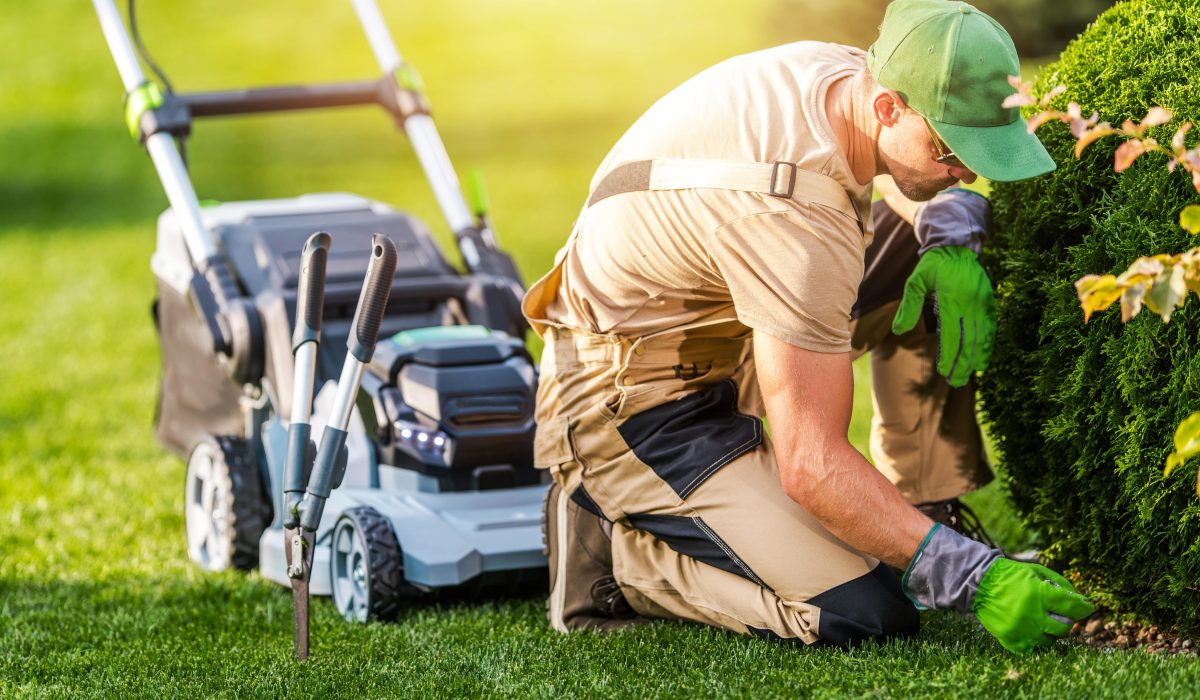It’s that time of year again when the weather starts to warm up and we all begin to think about spending more time outside in our gardens. But before you can enjoy your garden, there’s some work to be done! Spring is the perfect time to give your garden a good clean. Here are some tips on the best way to clean your garden.
1. Start by clearing away any dead leaves and debris that have accumulated over winter. This will help to prevent diseases and pests from taking hold in your garden.
2. If you have any trees or shrubs, give them a good prune to encourage new growth.
3. Now is also a good time to feed your plants with a high-quality fertilizer. This will give them a boost of nutrients and help them to thrive during the growing season.
4. Once everything is cleared away, you can start to focus on the lawn. Use a rake to remove any dead grass or moss that has built up over winter. If your lawn is looking a bit patchy, you may need to reseed it.
5. Now is also a good time to weed your garden beds. Pull up any unwanted weeds and dispose of them properly. If you have stubborn weeds that keep coming back, you may need to use a herbicide.
6. To keep your garden looking its best, it’s important to water regularly. If you have an irrigation system, make sure it is working properly and adjust the settings as needed. If you’re watering by hand, make sure you’re getting the roots of the plants wet and not just the leaves.
7. Lastly, don’t forget to tidy up any garden tools or equipment that you have stored away over winter. Give them a good clean and sharpen any blades that have become dull.
By following these tips, you’ll be sure to have a beautiful garden that you can enjoy all summer long!
Garden Cleaning Tools
Garden Cleaning Tools
No matter what type of garden you have, keeping it clean is important. Not only does it make your garden look better, but it can also help prevent problems like disease and pests. Luckily, there are a variety of garden cleaning tools available to help you keep your garden in tip-top shape.
One of the most important garden cleaning tools is a good pair of gloves. This will help protect your hands from dirt, debris, and chemicals. It’s also a good idea to wear gloves when using power tools like hedge trimmers or lawnmowers.
A rake is another essential garden cleaning tool. You can use a rake to remove leaves, twigs, and other debris from your garden beds. Rakes come in a variety of sizes and styles, so you can find one that’s perfect for your garden.
A hoe is another helpful tool for cleaning up your garden beds. A hoe can be used to loosen up compacted soil, remove weeds, and chop through roots. Hoes come in a variety of sizes and styles, so you can find one that’s perfect for your needs.
A shovel is another must-have garden cleaning tool. A shovel can be used for a variety of tasks, including digging holes for planting, moving soil, and removing debris. Shovels come in a variety of sizes and styles, so you can find one that’s perfect for your garden.
A wheelbarrow is a great way to move debris, soil, and other materials around your garden. Wheelbarrows come in a variety of sizes and styles, so you can find one that’s perfect for your needs.
A garden hose is a great way to water your plants and clean your garden beds. Garden hoses come in a variety of lengths and diameters, so you can find one that’s perfect for your needs.
A pressure washer is a great way to clean hard-to-reach areas of your garden or to remove tough stains from surfaces like patios and decks. Pressure washers come in a variety of sizes and styles, so you can find one that’s perfect for your needs.
Using Pesticides for your Plants
Pesticides are an important part of keeping your plants healthy and free of pests and diseases. However, it is important to use them properly in order to avoid harming your plants or the environment. Here are some tips on using pesticides safely and effectively:
-Choose the right pesticide for your needs. There are many different types of pesticides available, so make sure to select one that is specifically designed to target the pest or disease you are dealing with.
-Read the label carefully and follow the directions. Be sure to pay attention to the amount of pesticide you are supposed to use, as well as the application method.
-Apply the pesticide evenly over the affected area. Avoid spraying more than necessary, as this can increase the chances of harming your plants or the environment.
-Monitor your plants closely after applying a pesticide. If you see any signs of distress, immediately stop using the pesticide and contact a professional for help.


